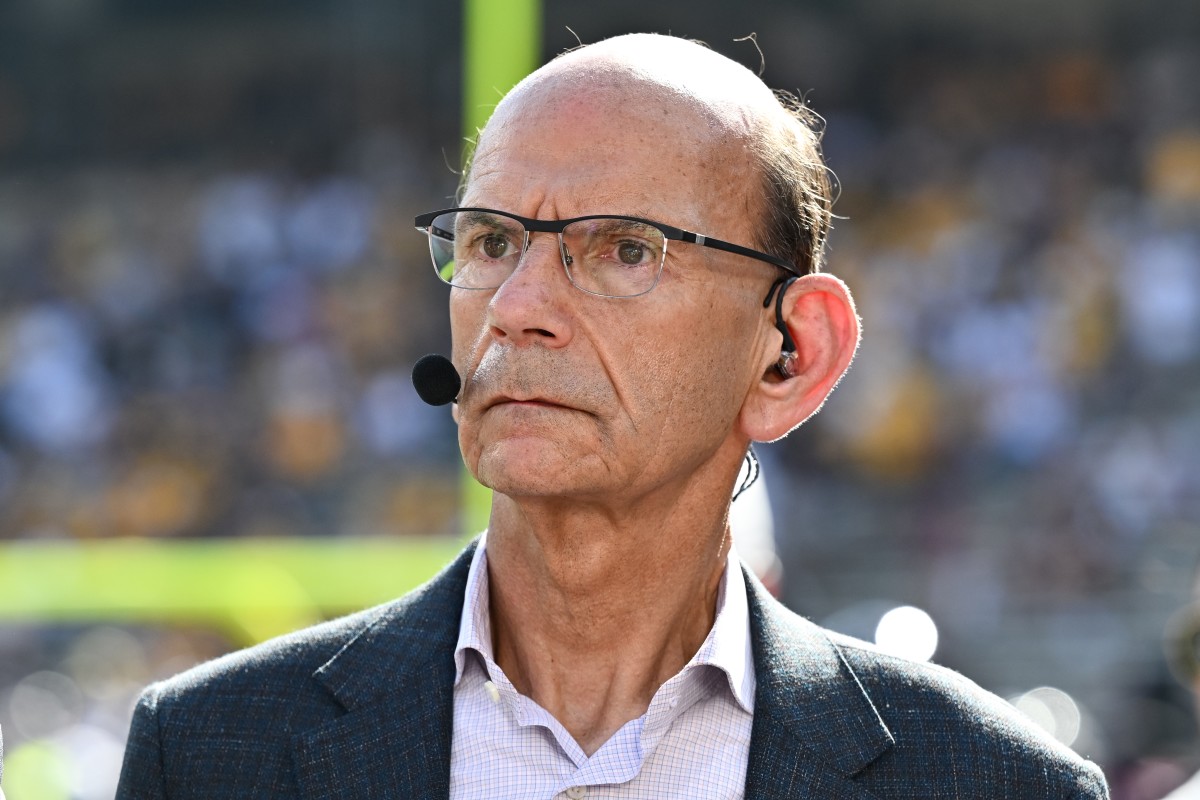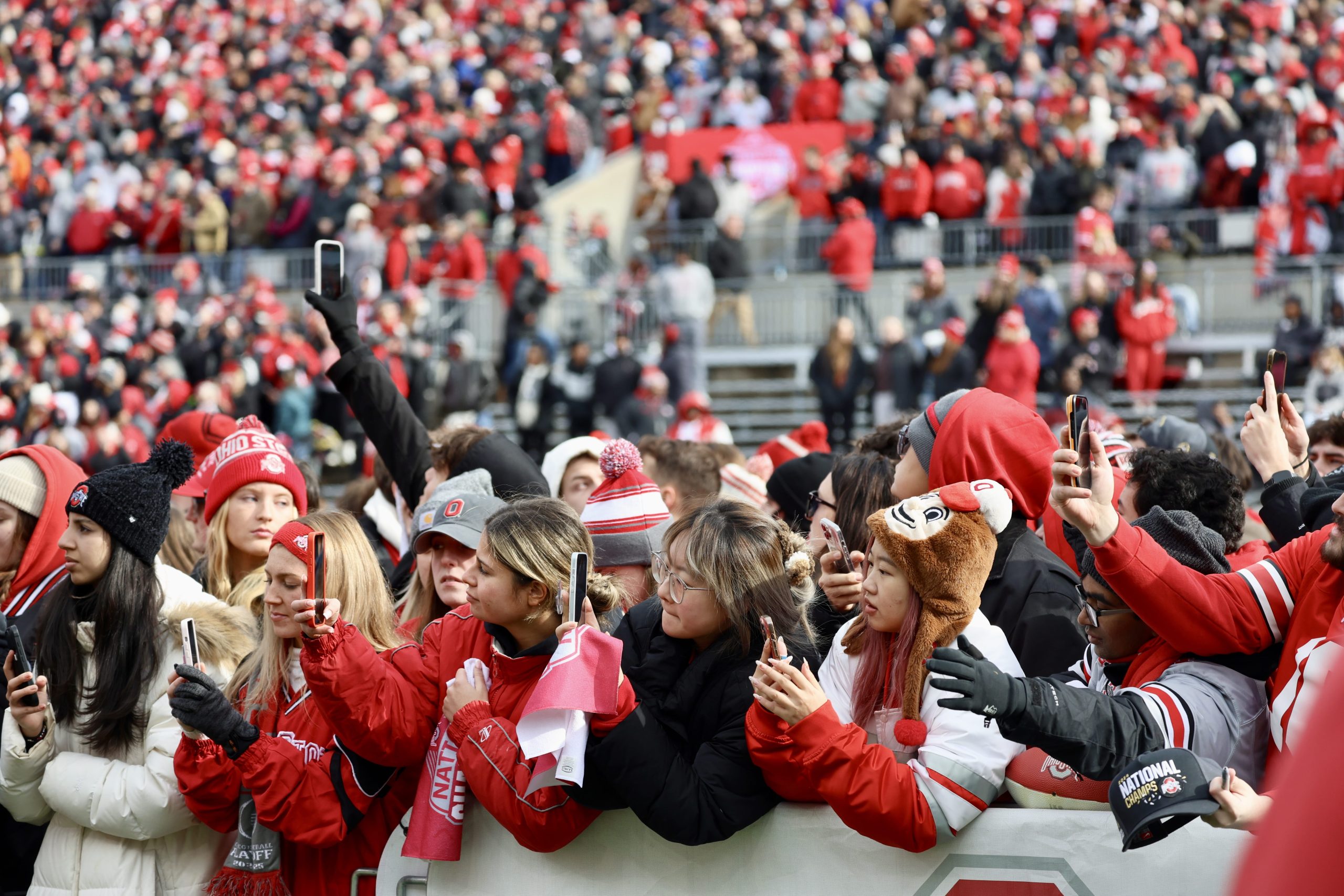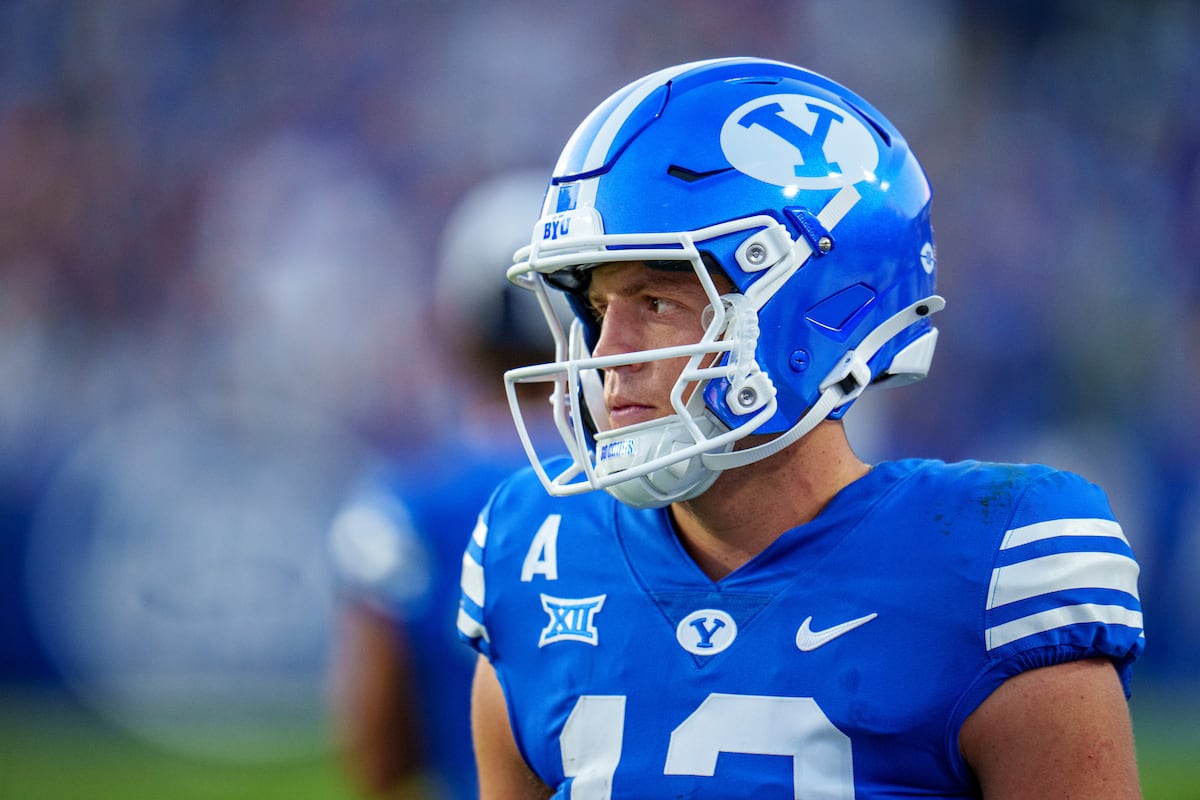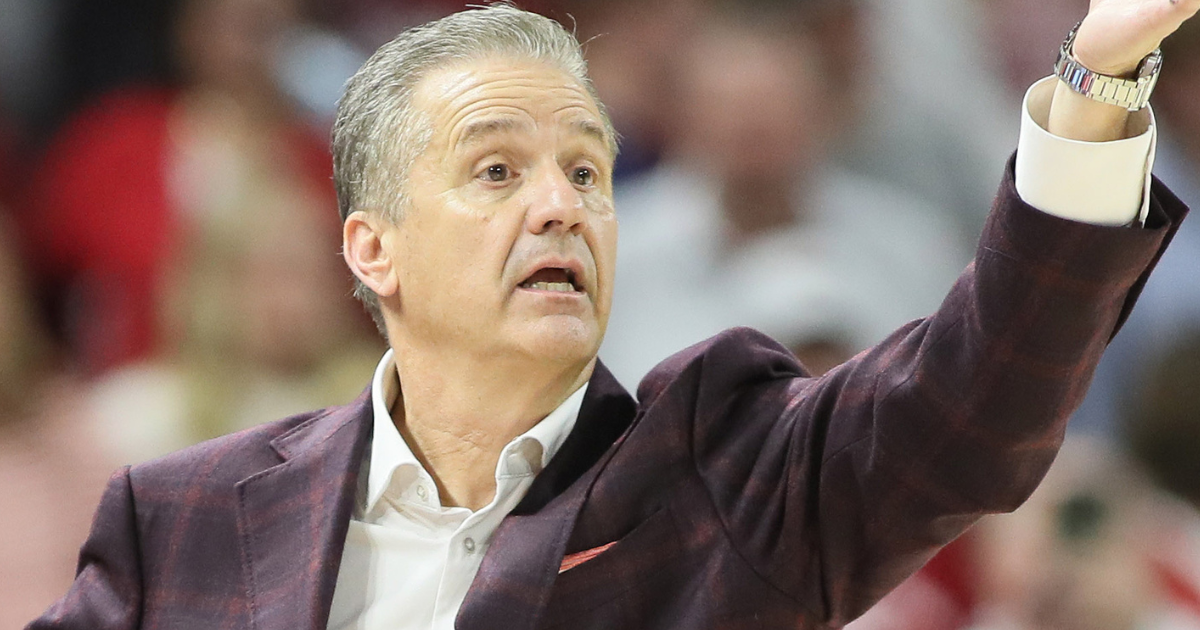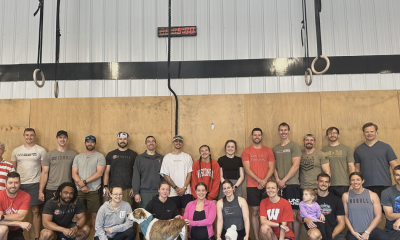The civil lawsuit against BYU quarterback Jake Retzlaff could take months or even years to resolve and could even raise questions about name, image and likeness rules, lawyers who spoke to The Salt Lake Tribune say.
Here’s a look at some of the questions facing the quarterback, the university and the courts in the days ahead.
The basics of the suit
On May 21, a Salt Lake County woman filed a civil lawsuit against Retzlaff, accusing him of sexually assaulting her. The woman, identified in a 3rd District Court filing as Jane Doe A.G., alleges in the lawsuit that Retzlaff assaulted her in November 2023 after they had connected on social media and began messaging a month earlier. She is suing Retzlaff in civil court for alleged battery, assault, and intentional infliction of emotional distress, and is asking for punitive damages from him.
What’s the difference between a civil and criminal case?
Civil cases have a lower standard of proof than criminal cases.
“In a criminal case, you must show beyond a reasonable doubt that somebody has committed the crime. It’s a pretty high bar,” Utah law professor Lincoln Davies said. “In the civil context, it’s a preponderance standard, which is a much lower standard. It’s just more likely than not that something happened — like a 51% chance.”
Retzlaff has not been criminally charged.
Is Jane Doe anonymous?
While the lawsuit publicly names the plaintiff as Jane Doe A.G., the woman’s “full name and identifying information will be filed under seal with the court and provided to [the] defendant,” the lawsuit states.
What’s next in the case?
The lawsuit was filed on May 21.
Typically, the next step in a civil suit would be for a defendant to file a motion to dismiss. According to Utah’s rules of civil procedure, a defendant must typically file that within 21-30 days after the service of the summons and complaint.
If the motion to dismiss is not granted, the case enters the discovery phase.
His attorney, Mark Baute, said in a statement in May that his client is a “nice young man” who is “factually innocent.”
“Jake’s focus this year will be on football,” Baute wrote. “We don’t try cases in the media, we will respect the process and establish Jake’s innocence through the judicial system.”
How long could the case take?
Two legal experts who spoke to The Tribune said the fastest the case could go to trial is several months from now.
“Super fast, nine months. Super long, two and a half years to trial,” said Jonas Anderson, a professor of law who teaches civil procedure at the University of Utah. “That’s the range you’re looking at. But you’re not going to have a [trial] before this football season starts.”
In the meantime, both sides would engage in discovery, the exchange of information and evidence gathering before a trial.
“The more the discovery, the more time you are looking at before a trial,” Davies said.
In civil cases in Utah, discovery is broken down into tiers. Tier 1, is typically for disputes seeking less than $50,000 in damages. Tier 1 discovery sets a 120-day time limit to complete the standard fact finding. The suit against Retzlaff is seeking in excess of $300,000, which would qualify for Tier 3 discovery. That comes with a 210-day deadline for standard fact finding.
Is a settlement possible?
A case doesn’t have to go to trial. Both parties could decide to settle for an undisclosed amount of money. That could provide BYU with a legal resolution before August, but Davies noted that isn’t always a good bet in Utah.
“In general, the Utah rules are set up to try to push cases toward trial compared to many other jurisdictions,” Davies said. “In the sexual assault context, that analysis becomes a little bit more complicated because you also have the public airing of what has happened, and the risk of somebody feeling retraumatized from that re-airing. Some plaintiffs may be more willing to settle in the face of that. Obviously, other plaintiffs may feel like they want their day in court and the chance to do justice.”
NIL implications
BYU needs to prepare for the possibility it will have to make a choice about Retzlaff’s football future before the courts do.
The Cougars could allow Retzlaff to suit up and play and while the legal process plays out. He has not been charged criminally, nor has he been found liable in the pending civil suit.
But if BYU doesn’t want one of its most recognizable athletes playing while facing these allegations, it could decide to bench or even part ways with the quarterback before the lawsuit is resolved.
If he were to be cut, would the school’s NIL collective still have to pay him his seven-figure share?
In a copy of the BYU NIL collective’s standard contract, which The Salt Lake Tribune obtained, there is a termination clause. It says that a player “acknowledges that the value of his likeness is closely tied to the manner in which he publicly conducts himself. … He will also conduct himself in a manner exhibiting the utmost character and integrity.”
The contract goes on to say that that for the “avoidance of any doubt,” the university has the “right to terminate the agreement if the publicized actual, proven conduct is illegal or otherwise causes the [university] to reasonably believe that public association with the [player] would subject the [university] to public ridicule, contempt or embarrassment.”
Anderson said a “morality” clause like this is fairly common in agreements and could give BYU an out.
“Where it says, ‘If there’s anything that the university reasonably thinks is going to reflect badly on them,’ that’s a broad series of categories” to terminate the contract, Anderson said.
But Anderson pointed out the agreement says “actual, proven conduct.”
Retzlaff could potentially sue the university if he were cut before trial and had his contract voided.
“He definitely has grounds to say, ‘I didn’t do anything. I’m innocent, and just having someone accuse me of something shouldn’t eliminate this entire contract,’” Anderson said.
Anderson said that could leave open the possibility to strike a deal if the school wants to part ways with the quarterback.
“There’s some negotiation here,” he said. “It’s not going to be, ‘You’re out, we’re done.’ It’s going to be more, ‘How about we give you some money and then we call it a day?’ So it would be a negotiation in the shadow of potential litigation.”
What has BYU said?
Other schools have recently allowed players to play despite sexual assault allegations. Most recently, Texas Tech allowed basketball star Pop Isaacs to play while he had a civil sexual assault lawsuit actively pending. The lawsuit was eventually dismissed.
But is BYU willing to handle it like Texas Tech?
BYU is owned by The Church of Jesus Christ of Latter-day Saints and has a strict honor code that prohibits, among other things, premarital sex.
“I think the allegation carries more weight with the BYU administration than it would with most other schools,” Anderson said. “It doesn’t affect the law at all, but it affects how you approach the case.”
BYU said in a statement that it became aware of the civil lawsuit against Retzlaff on May 21. The university said it “takes any allegation very seriously,” but would not provide additional comment due to “federal and university privacy laws and practices for students.”






